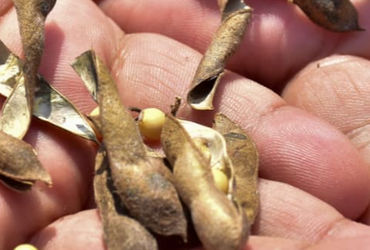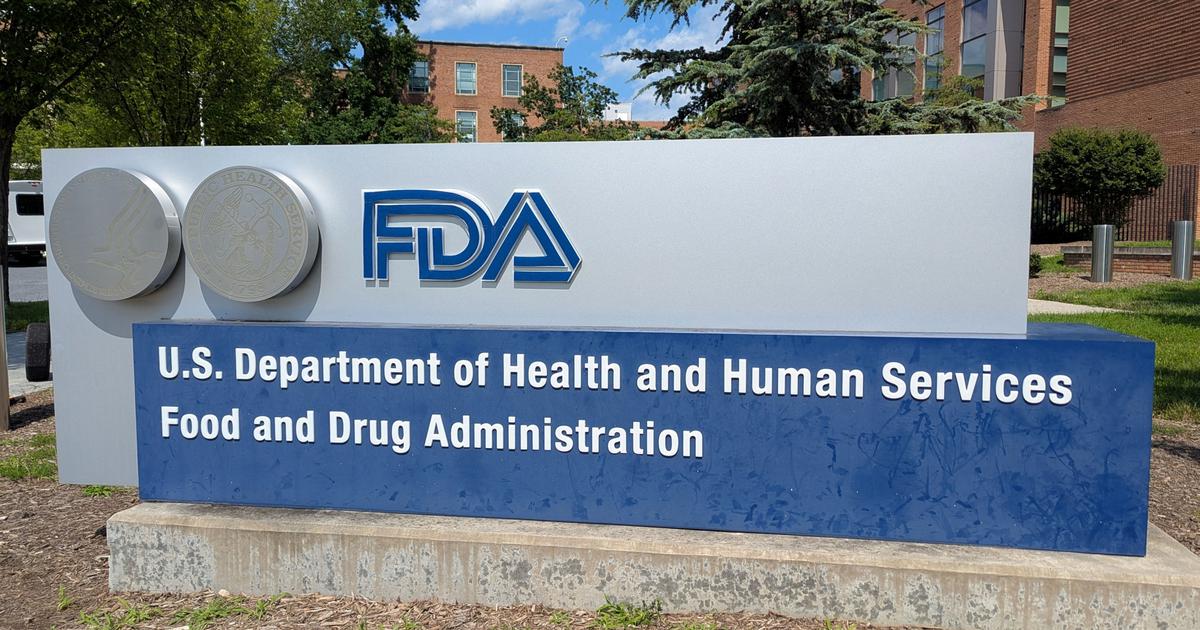Chewing gum releases microplastics into the mouth but it’s unclear how dangerous that is – yet

Join our WhatsApp Community to receive travel deals, free stays, and special offers!
- Join Now -
Join our WhatsApp Community to receive travel deals, free stays, and special offers!
- Join Now -

We are riddled with microplastics. It is in our bloodstream, in our lungs, in our liver – pretty much anywhere you look in the human body, you will find minuscule bits of plastic.
And there are many ways for us to ingest, inhale or otherwise absorb these tiny fragments. For example, a single plastic teabag sheds over 10 billion microplastic particles into a cup of tea.
And if you redecorate your home and sand down the old paintwork, the plastic binders in the paint can release microplastics into the air, which you might then inhale. You could swallow them when you drink from single-use plastic water bottles. Now another source of microplastics in the body has been discovered: chewing gum.
Chewing gum contains long molecules called polymers. Some brands of gum contain natural polymers from tree sap. Others contain synthetic polymers derived from the petroleum industry. These various polymers are similar to plastics – and some actually are plastics. Chewing gum polymers, both natural and synthetic, can release microparticles when they are worn down by chewing.
In the chewing gum study – which was presented at the American Chemical Society meeting 25 March – a single volunteer chewed ten brands of chewing gum – five natural and five synthetic. Saliva samples were taken from the volunteer’s mouth...
What's Your Reaction?
 Like
0
Like
0
 Dislike
0
Dislike
0
 Love
0
Love
0
 Funny
0
Funny
0
 Angry
0
Angry
0
 Sad
0
Sad
0
 Wow
0
Wow
0






















































